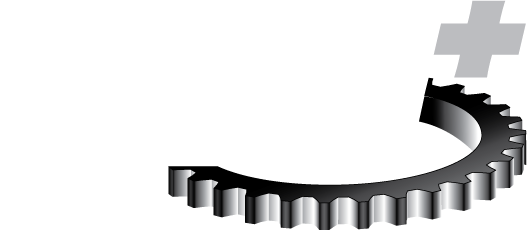
Worm Gear Design Development and Application
This course is aimed at practicing mechanical engineers who understand or practice gear design, development and application but their experience base is in the more traditional parallel axis arena. The focus of this course is to introduce and emphasize the differences between parallel axis and worm and crossed axis helical gears. The course covers the basics of worm and crossed axis helical gears, their fundamental design principles, application guidelines and recommendations, and lubrication requirements. Accuracy, quality and common failure modes are also addressed.
Learning Objectives
By completing this course, you will be able to identify, recognize or articulate:
- The basic differences between parallel axis, common crossed intersecting axis and worm / wheel and crossed axis helical gears
- The design and applications specifics as they apply to worm / wheel and crossed axis helical gears
- Lubrication, cooling and support requirements for worm / wheel and crossed axis helical gears
- The cause of a failure of a worm / wheel or crossed axis helical gear pair, as a function of application or use
Who Should Attend
The intended audience for this course is powertrain engineers, component suppliers, vehicle platform powertrain development specialists, engineers involved in the application or design of worm and wheel gearing, or mechanical engineers or engineering managers with gearing experience responsibilities covering worm / wheel or crossed axis helical gear projects / products.
Prerequisites
Because this course is targeted at several design and engineering disciplines, learners should have a B.S. in engineering or related field and preferably a minimum of two years design experience in the automotive powertrain field.
Topics
Worm and Wheel
- Gear basics
- What defines a worm and wheel
- Basic uses and typical applications
- Unique features and functions
- Operation and tooth interaction
- Why to use
- When not to use
- Relative motion of teeth
- Tooth contact description
- Tooth form modification
- Lubrication
- Lubrication requirements
- Viscosity
- Acceptable lubricants
- Lubricant cooling requirements
- Tooth failures due to lubricant failures
- Metallurgy
- Steel
- Bronze
- Brass
- Aluminum
Crossed Axis Helical
- Gear basics
- What defines a worm and wheel
- Basic uses and typical applications
- Unique features and functions
- Operation and tooth interaction
- Why to use
- When not to use
- Relative motion of teeth
- Tooth contact description
- Tooth form modification
- Lubrication
- Lubrication requirements
- Viscosity
- Acceptable lubricants
- Lubricant cooling requirements
- Tooth failures due to lubricant failures
- Metallurgy
- Steel
- Bronze
- Brass
- Aluminum
